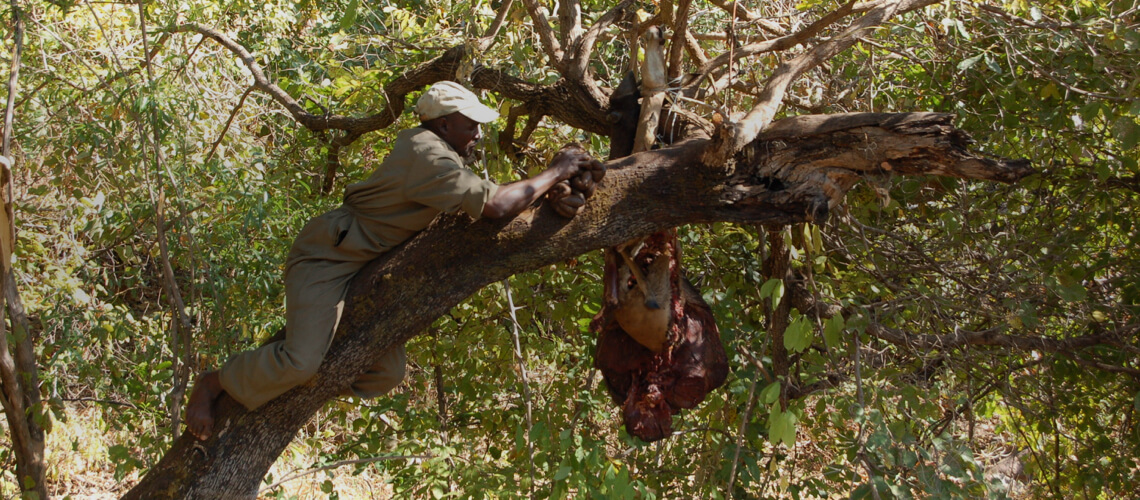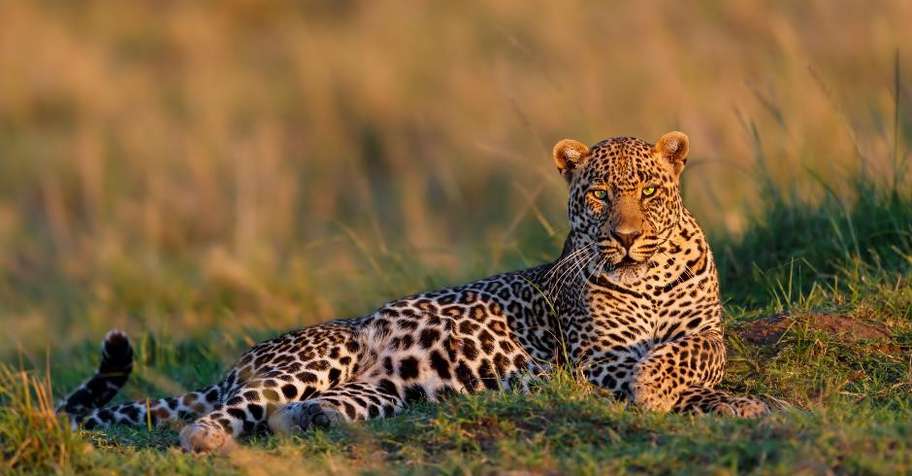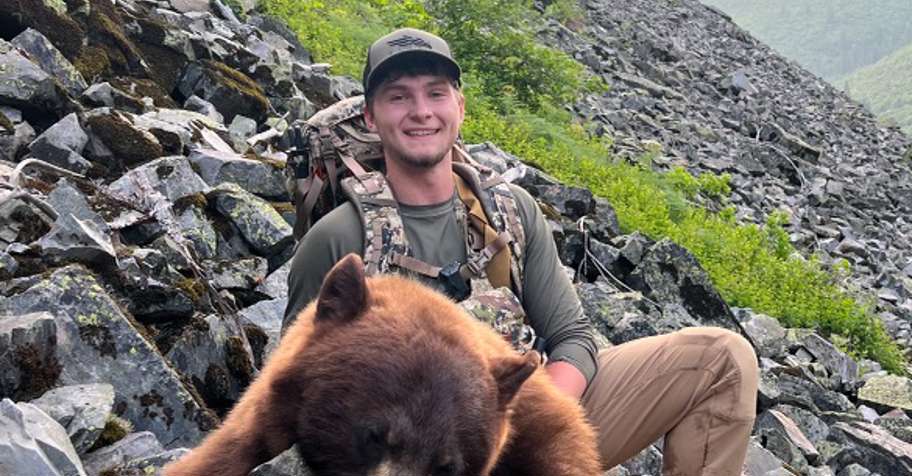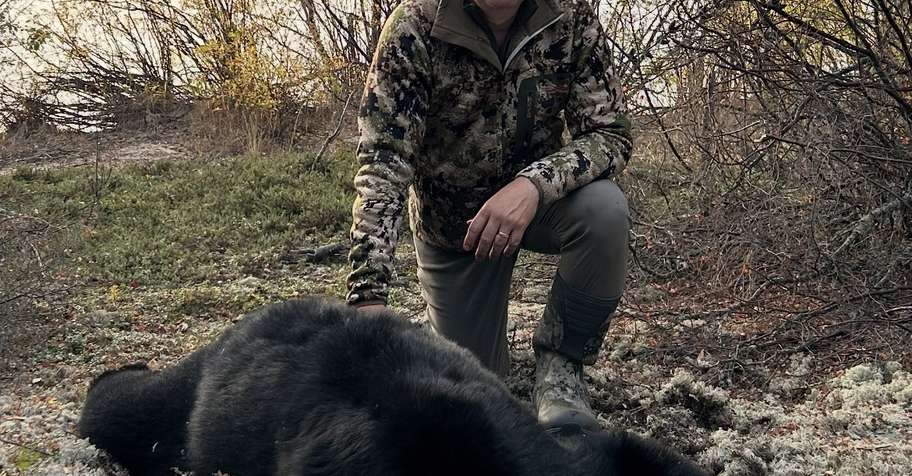
339
hunting trips
$100
starting from
155
outfitters
174
animals
About Baiting
Different situations require different actions. Sometimes terrain, thick vegetation or even the elusiveness of your prey dictate using alternative methods to the default way of spot and stalk. If you can't approach the animal, you can lure the animal to come to you. Baiting is one of the ways to do it - place some attractant where you want the animal to come to, and wait for it to appear. Sounds simple, but, like many other apparently simple hunting schemes, it has its share of complications and dire straights.
Game classification
Animals
Top hunts
Backcountry Black Bear Hunt '26
Idaho, United States
Black bear, Wolf
Baiting, Bow Hunting, Calling, Horseback Hunting, Mountain Hunting, Rifle Hunting, Stalking
Season: May 31, 26 - Jun 22, 26
Package price
$5,500
for 7 days, 1 hunter
Recently booked
Online payment
2026 Baited Black Bear Hunt
Alberta, Canada
Black bear
Baiting, Bow Hunting, Crossbow Hunting, High Seat, Hunting From a Blind, Muzzleloader, Rifle Hunting
Season: Jun 1, 26 - Jun 15, 26
Package price
$5,500
for 5 days, 1 hunter
Recently booked

Baiting
Interested in Baiting trips?
Create a subscription to get offers right to your inbox
You might also like
Explore hunting
trips worldwide
trips worldwide
Direct offers from outfitters
with no booking fees
with no booking fees
Verified reviews
from other hunters
from other hunters


